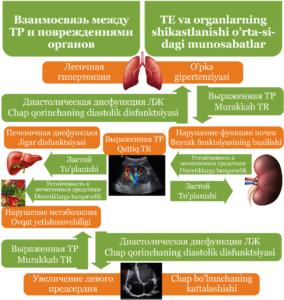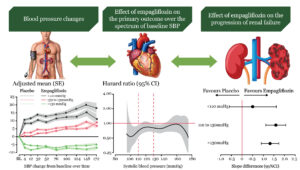Adapted from Endocrine Today By Erin T. Welsh, MA, Sept 23, 2022
Source: de Vries SAG, et al. Abstract #469. Presented at: European Association for the Study of Diabetes Annual Meeting; Sept. 19-23, 2022; Stockholm (hybrid meeting).

Researchers observed sex disparities among children with type 1 diabetes, according to a presenter at the European Association for the Study of Diabetes annual meeting.
Girls with type 1 diabetes tended to have higher HbA1c, BMI and insulin dose compared with boys, among other outcomes.
“We noted that a younger age at disease onset increases risk, cardiovascular complications and also is associated with reduced life expectancy. That makes it very important to identify risk factors already present at an early age in patients,” Silvia A. G. de Vries, MSc, MD-PhD candidate in the department of vascular medicine at Amsterdam University Medical Centers, said during a presentation. “We also know, similar to type 2 diabetes, that in type 1 diabetes there is a greater excess risk of cardiovascular disease and also with mortality in adult females. But what we do not know is if sex influences care and outcomes in children.”
Researchers identified 90 observational studies from MEDLINE records through June 15, 2021, focusing on type 1 diabetes in children that mentioned sex differences. Studies included 30 with data clinical patient profiles, 25 with data on glycemic control, 14 with data on treatment, 20 with data on complications, 14 with data on comorbidities and 15 with data on quality of life.
In most studies, BMI, dyslipidemia, HbA1c and insulin dose were all higher among girls in all age categories. Insulin pump therapy was more often used by girls compared with boys. Researchers also observed a higher likelihood of a diabetic ketoacidosis diagnosis, hospitalization and lower quality of life scores among girls. However, boys more often experienced hypoglycemia and partial remission than girls. According to de Vries, reasons behind these differences may be biological, including differences in hormones at puberty, body composition and fat distribution; psychological, including disease-related attitudes and behaviors; behavioral, such as physical activity, nutrition and presentation of symptoms; and the influence of the treatment team and caregiver approach.





